Looking to add some drama and movement to your garden? Purple fountain grass (Pennisetum setaceum ‘Rubrum’) might be just what you need! But one of the most common questions we get is “Is it an annual or perennial?” Let me break it down for you in this complete guide
The Quick Answer
Purple fountain grass is technically a tender perennial but whether it acts as an annual or perennial in your garden depends entirely on where you live
- Zones 9-10: True perennial
- Zones 7-8: Maybe perennial with winter protection
- Zone 6 and below: Treat as an annual
Key Characteristics
- Height: 3-5 feet tall
- Spread: 2-4 feet wide
- Bloom Time: July through October
- Sun Requirements: Full sun to partial shade
- Water Needs: Medium
- Maintenance: Low
Why We Love This Grass
I’ve been growing purple fountain grass for years, and here’s why it’s become one of my favorites:
- Stunning burgundy-red foliage that adds instant drama
- Beautiful arching form that resembles water spraying from a fountain
- Fluffy, burgundy-purple flower plumes that look amazing in late summer
- Attracts birds to the garden
- Tolerates air pollution and black walnut trees
- Super low maintenance
Growing Requirements
Light
While this beauty can handle some shade, I’ve found it performs best in full sun. Give it at least 6-8 hours of direct sunlight daily for the richest color development.
Soil
Here’s the good news – it ain’t picky! While it prefers:
- Well-draining soil
- Loamy texture
It’ll grow in most soil types as long as they don’t stay waterlogged.
Water
Even though it’s drought-tolerant, here’s my watering schedule for best results:
- New plants: Water 1-2 times per week
- Established plants: Only during extended dry spells
- Container plants: More frequent watering needed
Annual vs. Perennial Care Tips
In Perennial Zones (9-10)
- Cut back to 3 inches in late winter
- Divide every 2-3 years if desired
- Fertilize monthly during growing season
In Annual Zones (6 and below)
You’ve got two options:
- Treat as annual: Let it die in winter and replant in spring
- Overwinter indoors:
- Dig up before first frost
- Cut back to 3 inches
- Plant in container
- Keep in cool, bright spot
- Water monthly
- Replant outside after last frost
Common Problems and Solutions
We’ve all been there! Here are some issues you might face:
Browning Grass
Could be caused by
- Too much water
- Too much fertilizer
- Excessive sun exposure
Fix: Trim brown tips and adjust care accordingly
Yellowing Leaves
Usually means:
- Nitrogen deficiency
- Poor drainage
Fix: Add nitrogen-rich fertilizer and check soil drainage
Pro Tips from My Garden
- Plant in spring for best establishment
- Space plants 3 feet apart (they get big!)
- Use stakes in windy areas
- Great in containers – just ensure good drainage
- Makes awesome dried arrangements
Final Thoughts
Whether you grow it as an annual or perennial, purple fountain grass is totes worth the effort! It’s one of those plants that gives major impact for minimal work. In my zone 5 garden, I treat it as an annual and honestly, I don’t mind buying new plants each spring – the summer-long show is worth every penny!
Remember, while it’s technically a perennial, don’t get too hung up on labels. What matters is how this gorgeous grass performs in YOUR garden. Give it sun, decent soil, and occasional water, and you’ll have a stunning focal point that’ll make your neighbors jelly!
Got questions about growing purple fountain grass? Drop ’em in the comments below – I’d love to help you succeed with this awesome plant!
Disclaimer: This article reflects my personal experience growing purple fountain grass in various conditions. Your results may vary depending on your specific climate and growing conditions.
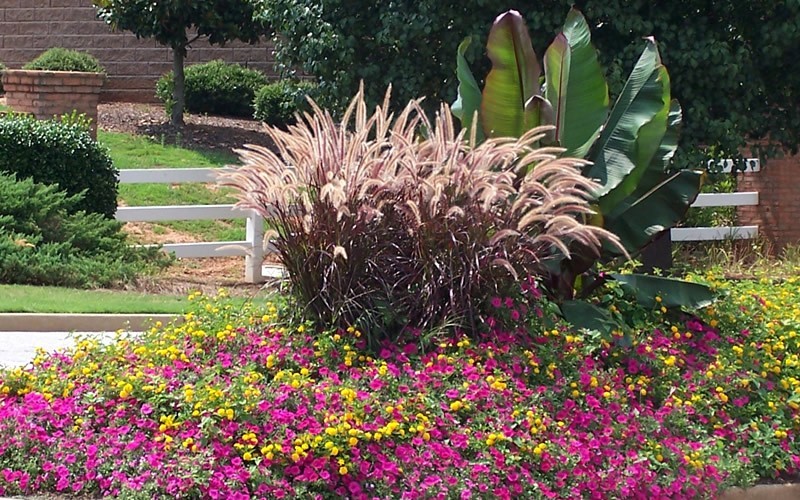
Featured Articles by Season
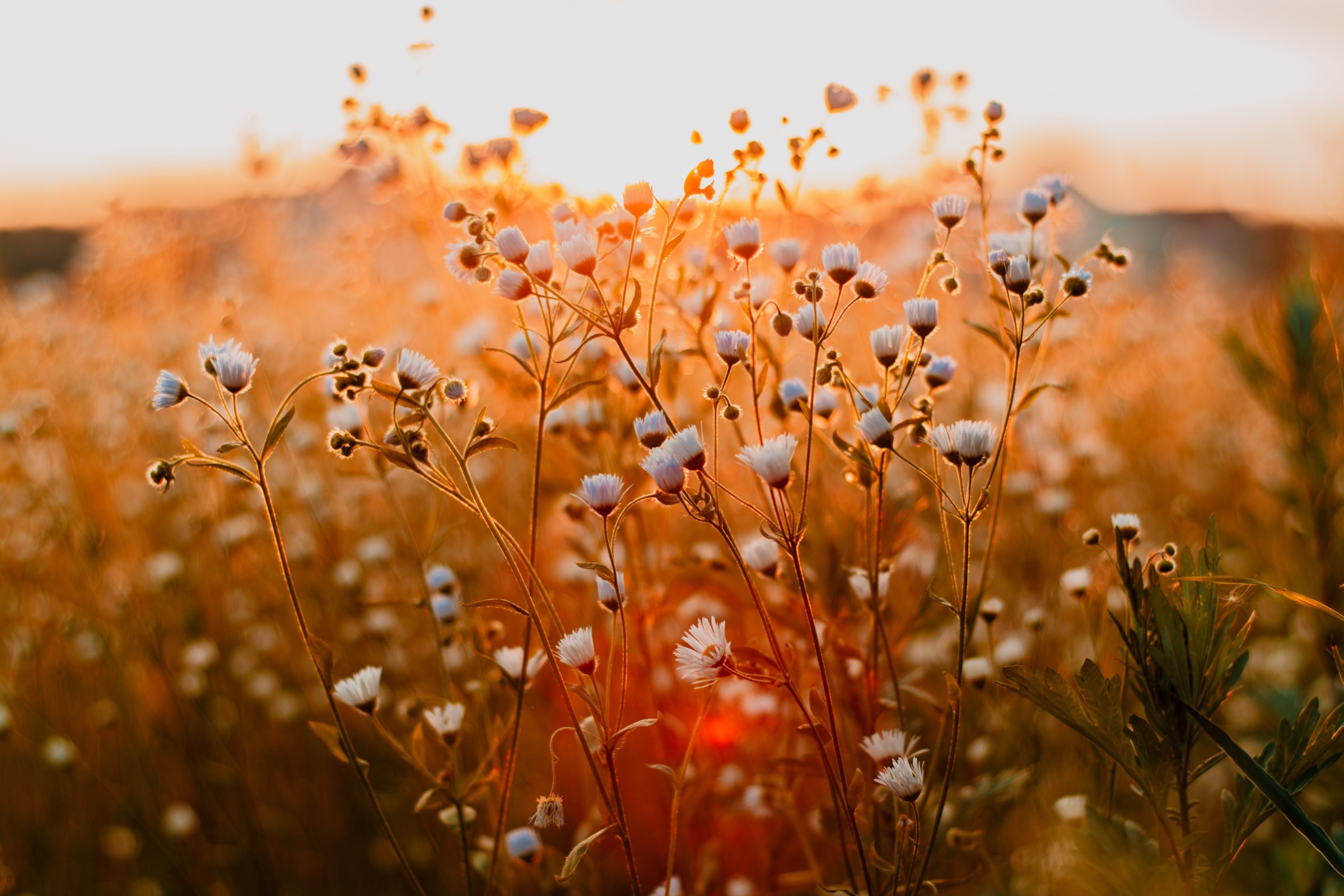
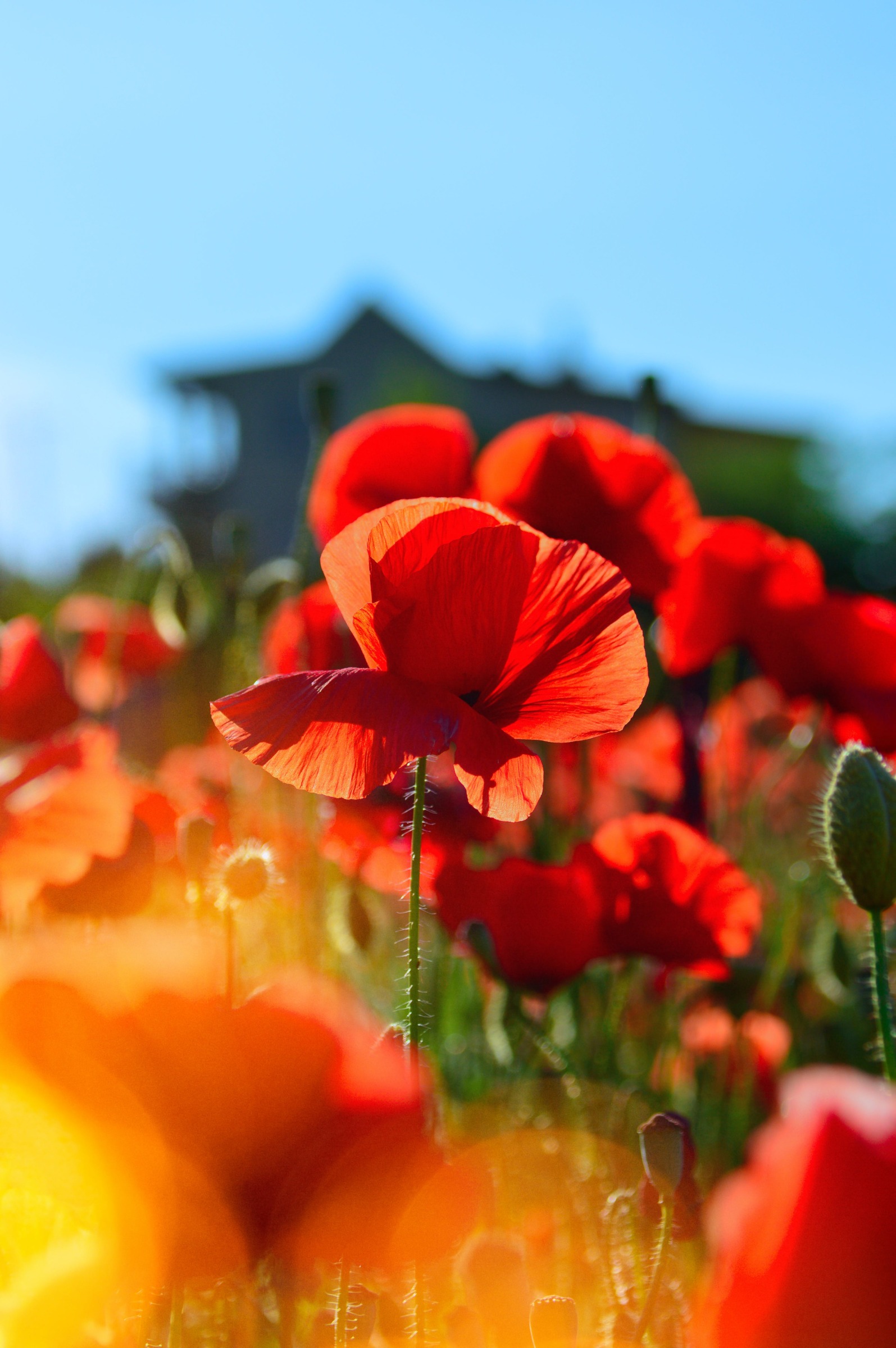
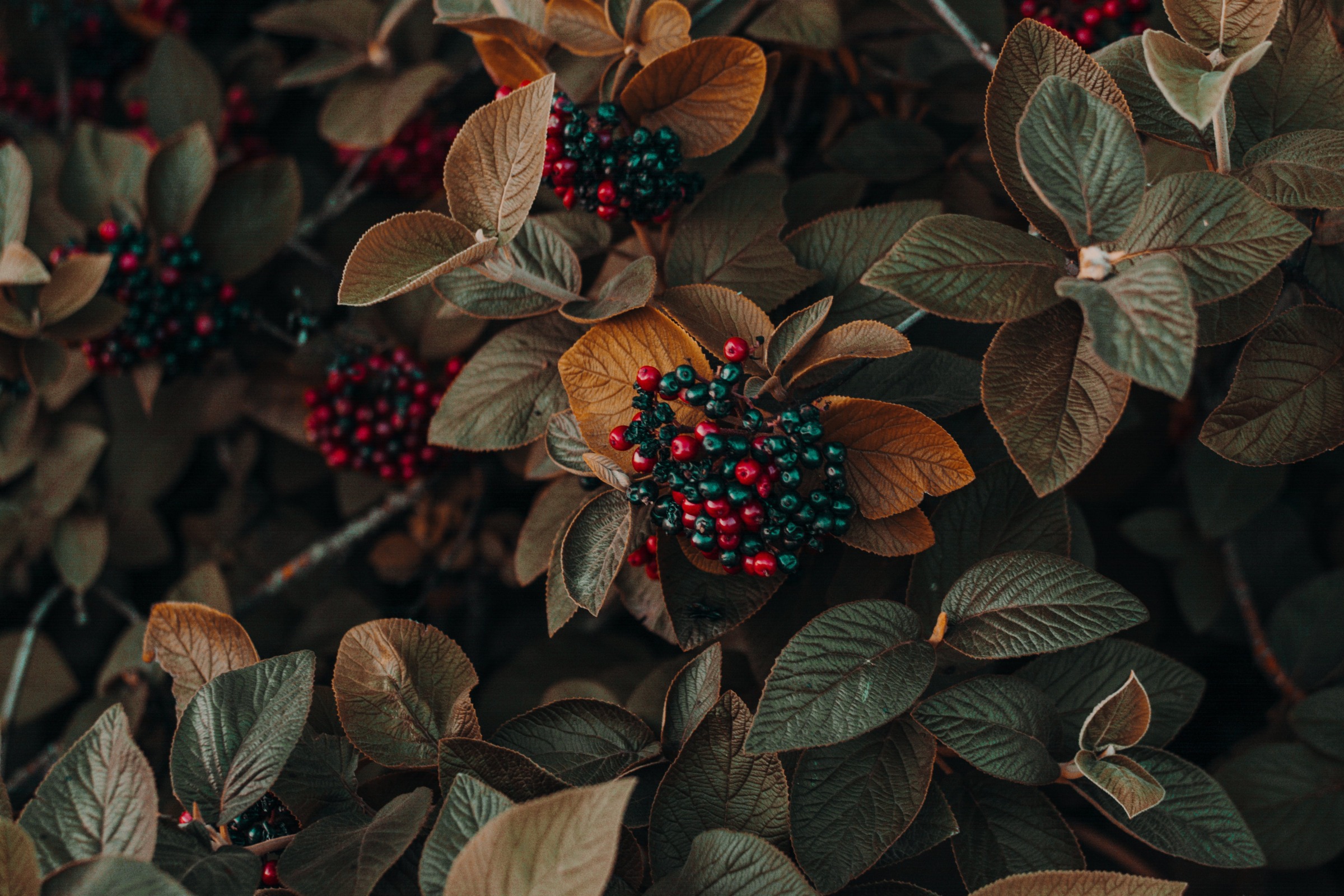

Overview of Pennisetum ‘Fireworks’
‘Fireworks’ is a showy, medium-sized variegated cultivar of purple fountain grass grown as an annual in most areas since it is hardy only in zones 9-10. Although it is usually listed as Pennisetum setaceum, it is actually a sport of red fountain grass, Pennisetum ‘Rubrum’ (which is a hybrid of P. setaceum x P. macrostachys, also named Pennisetum xadvena) that was discovered at Creek Hill Nursery in Leola, Pa. in 2004.
Growing in clumps, this warm season herbaceous grass remains evergreen in mild climates but will die back to the ground in cold conditions. It can grow 24 to 30 inches tall and wide.
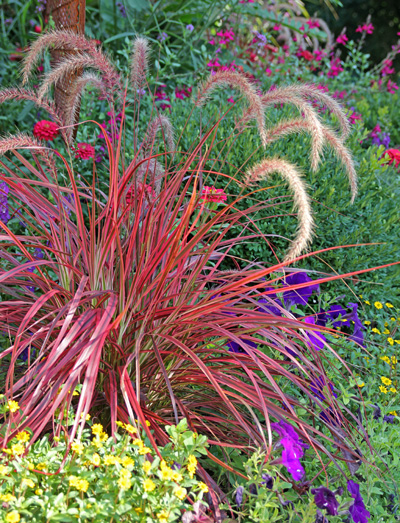
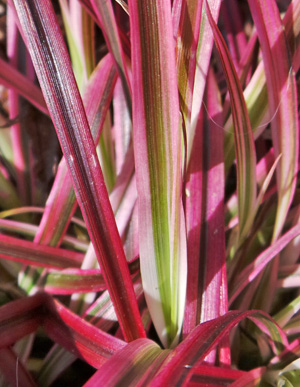
The narrow leaves of ‘Fireworks’ are variegated with white and green near the base but have strong red, hot pink, and cream variegation along their length, with a burgundy midvein. The new growth is most vibrant, with the colorful stripes eventually maturing to a rich shade of burgundy. The overall color of the foliage is lighter than red fountain grass (Pennisetum ‘Rubrum’).
Showy reddish-purple, foxtail-like inflorescences appear in mid- to late summer above the foliage, adding color and motion to the landscape. These bottlebrush plumes eventually age to a tan color. It does not set viable seed.
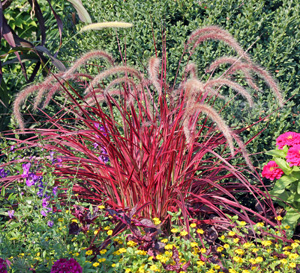
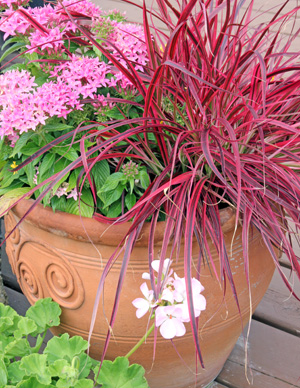
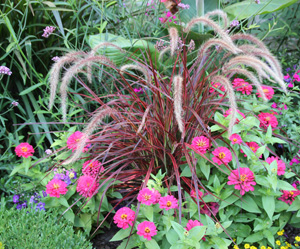
Use ‘Fireworks’ in beds and borders for contrast in color to green plants and for a contrast in texture to mounded or clumping plants; in masses for a stunning display of color; or as small specimen plants. It creates seasonal interest in cottage gardens or rock gardens.
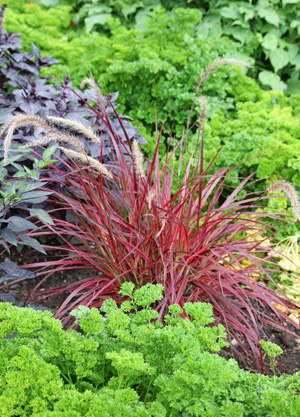
Or plant it alone or in combination with other plants in large containers to provide color on patios and decks. It mixes nicely with annual bedding plants, such as marigolds, petunias, saliva, and zinnia, or can be interplanted between perennials such as coneflowers, sedums, or rudbeckia.
Grow ‘Fireworks’ in full sun for the best coloration. It tolerates a wide variety of soils as long as it has good drainage. It is drought tolerant once established but also can handle moist soil. It is not preferred by deer, has no serious insect or disease problems, and is not affected by juglone.
This tender perennial grass can be propagated by dividing the root ball but as a patented variety (USPP18504), unlicensed propagation is prohibited. Plants can be overwintered if brought indoors in containers in the fall before the first frost. Cut the plants back to about 6 inches, keep in cool, bright conditions, and water through the winter to keep it actively growing until it can move back outside when the danger of frost has passed in spring.
– Susan Mahr, University of Wisconsin – Madison
Doug’s 5 Favorite Ornamental Grasses
FAQ
Does rubrum come back every year?
Purple Fountain Grass (Pennisetum setaceum ‘Rubrum’) is typically treated as an annual in colder climates, meaning it doesn’t come back every year. While it’s considered a tender perennial in USDA zones 9-11, it’s not reliably cold-hardy and won’t survive freezing temperatures.
Can purple fountain grass survive winter?
Perennial varieties of fountain grass are far more cold hardy than annual varieties. They survive the winter in zones 5 through 9 and the clump gets a little bigger each year that it returns in your landscape.
How to tell if grass is annual or perennial?
At the 2- to 3-leaf stage, use the “pull test” to determine whether the grass seedling is a perennial or an annual. An annual grass will pull easily and will have many short roots. A perennial grass will be harder to pull and will have at least one long root that may break off when you pull the seedling.
Should I cut back purple fountain grass in fall?
The best time for when to trim fountain grass back is in the late winter or early spring. The exact timing is not as important as just making sure that you prune fountain grass back before it starts actively growing.
